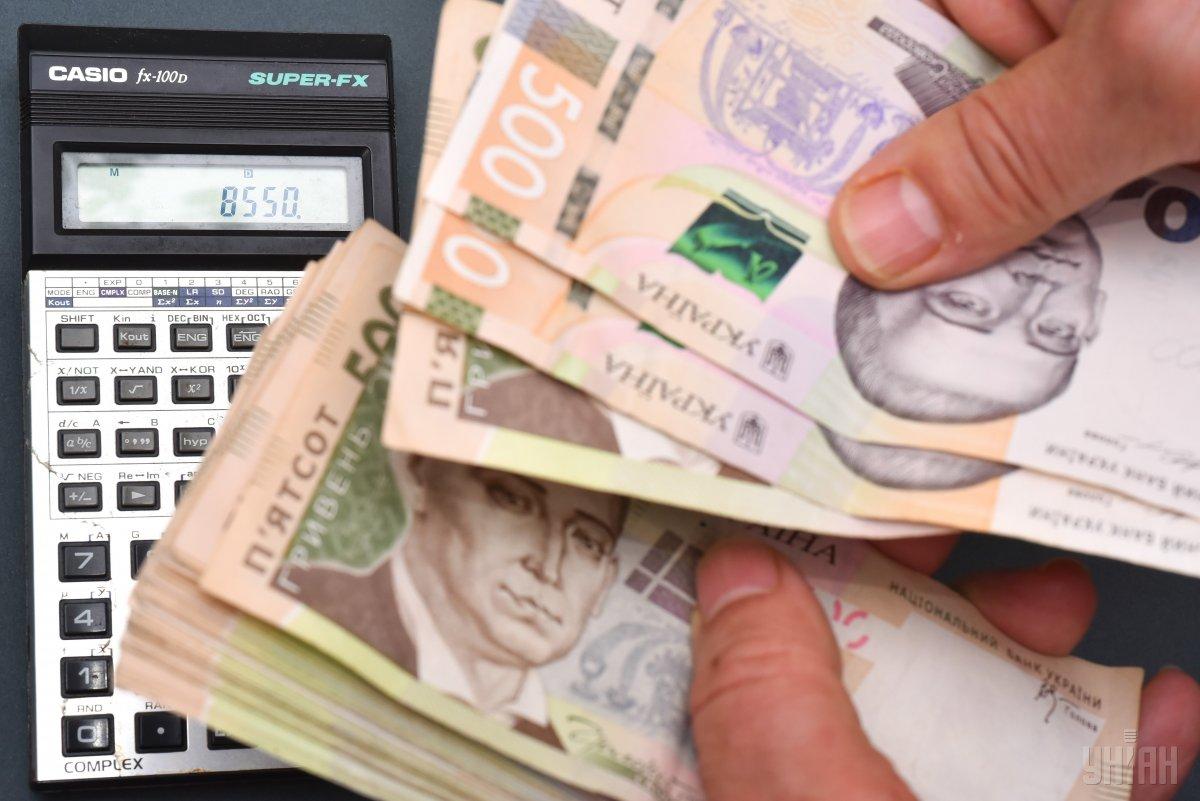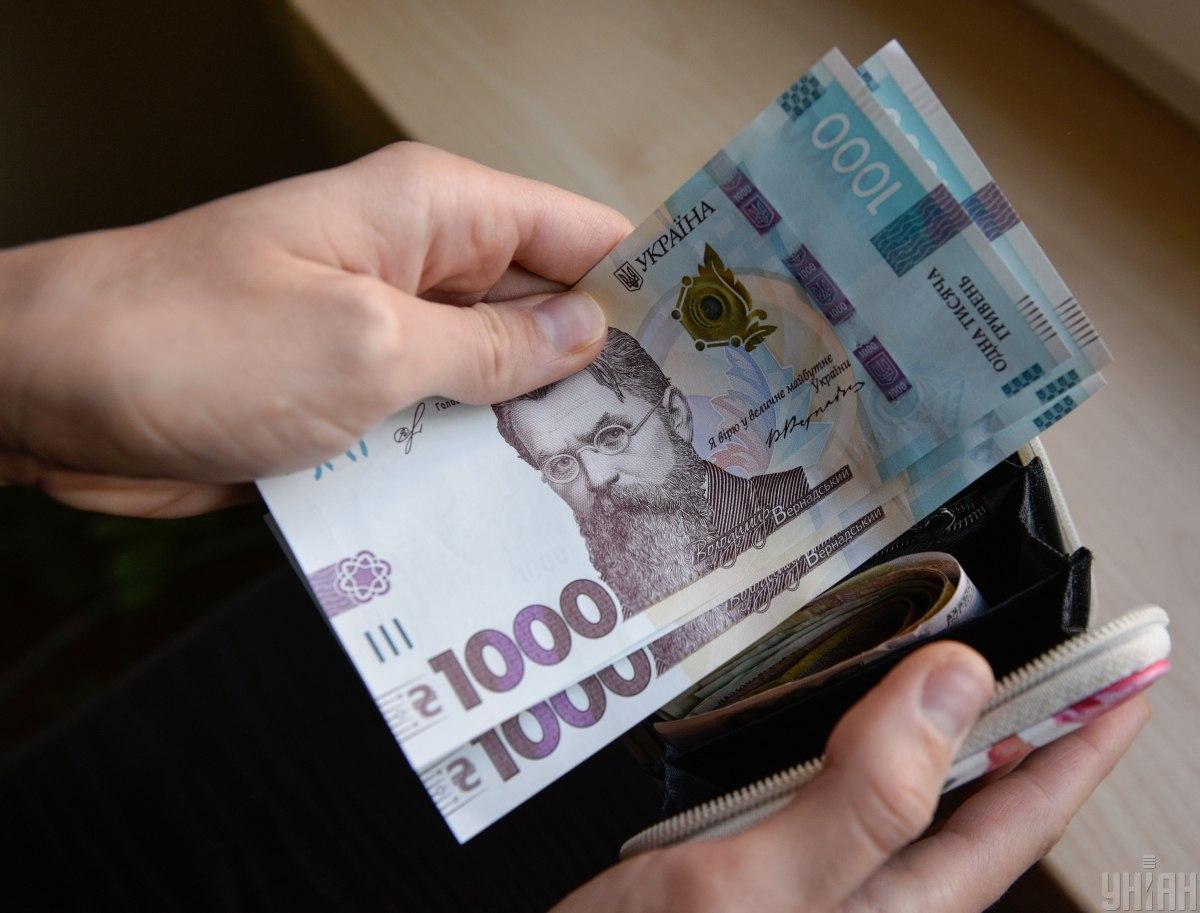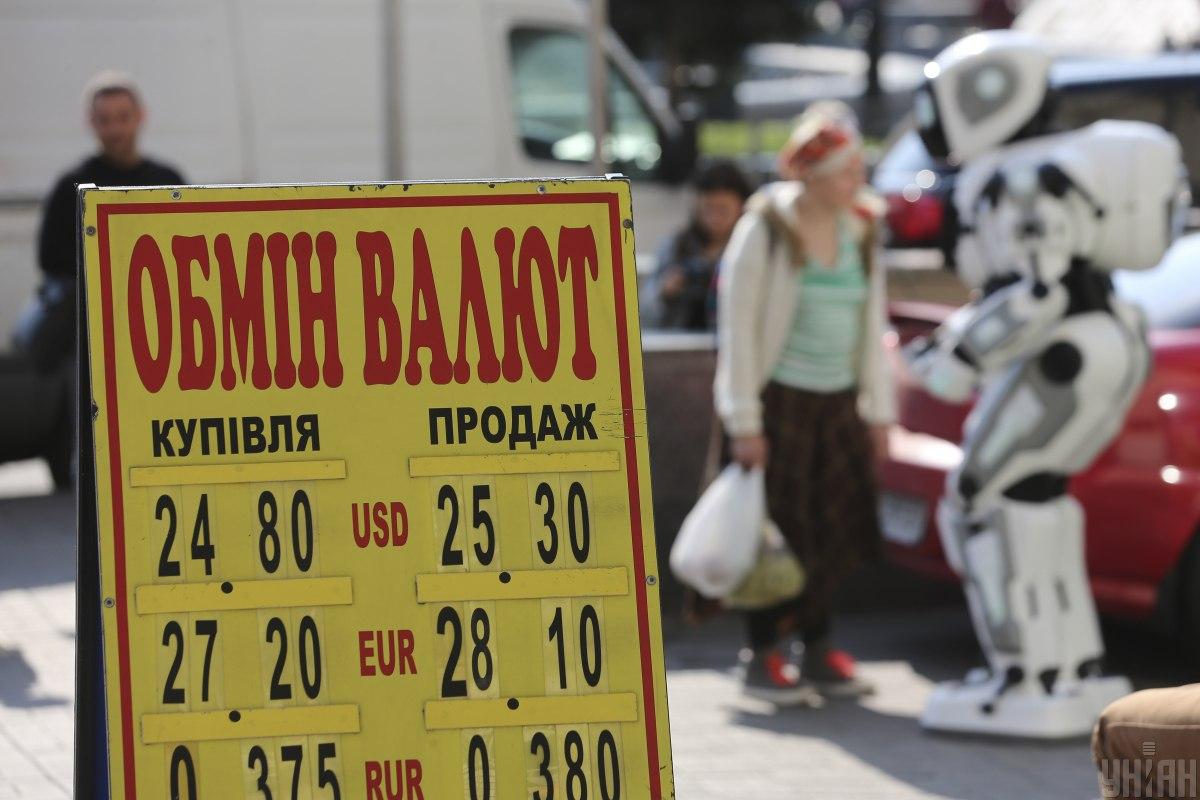
Ukraine's financial performance in 2019: strong hryvnia, leaky budget, and billions of dollars in debt
The Ukrainian hryvnia has rapidly strengthened against the dollar and the euro, the state budget has fallen short of billions of target revenues, while public debt has grown by billions of dollars. How are these events connected, and what awaits the country's financial system and personal finances of Ukrainians in 2020?
The outgoing year will go down in the history of the financial system of Ukraine as a turning point. The long-suffering Ukrainian hryvnia, which, after switching to flexible exchange rate formation in 2014-2015, depreciated drastically against the U.S. dollar and mastered a historical minimum of UAH 30 per dollar, has strengthened 16% against the dollar since the beginning of this year and is confidently holding on to the historical maximum of the last four years – about UAH 23.
A key factor in the rapid strengthening of the national currency was the increased interest of foreign investors in Ukrainian debt securities. Since the beginning of the year, the volume of non-residents' investments in the domestic government loan bonds has grown by more than UAH 100 billion. That is, the Ukrainian economy has received over $4.5 billion from this source.
Together with the proceeds from export of record crops of grains and oilseeds and significant volumes of income from labor migrants, which compensated for the deficit in the foreign trade balance, non-residents' investments in government bonds gave a powerful impetus to both strengthening the national currency and reducing the cost of borrowing in the domestic market.
According to the National Bank, the strengthening of the hryvnia contributed to an early reduction in inflation to 5%, a reduction in public debt to GDP ratio, a decrease in the dollarization of the economy, an increase in Ukrainians' incomes, and a slowdown in labor migration.
Over the past four years, the gap between the average wages in Ukraine and Poland, where labor migrants from our country mainly rush, has almost halved. And this is logical, since the salary of an average Kyiv resident, if converted into dollars by the corresponding indicator of the State Statistics Service, has grown over the year from 500 to 700 dollars.

The NBU believes that despite a slight decrease in the revenue of Ukrainian exporters, the strengthening of the hryvnia does not impede the development of the Ukrainian economy. In the third quarter, real GDP growth in Ukraine exceeded 4% in annual terms. And according to the regulator’s estimates, artificially keeping the hryvnia at about UAH 27 per dollar would add only 0.1 percentage points to the current economic growth rate, while inflation would be much higher.
The experts agree on the positive assessments by the NBU.
"For most Ukrainians, hryvnia strengthening means cheaper goods and higher purchasing power. For exporters, it means a decrease in profitability, especially for metallurgy and some types of agricultural products. But in general, the positive effect prevails, since now it is consumption that drives our economy to a much greater extent than exports," commented Oleksandr Martynenko, head of the ICU group financial analysis division.
Leaky budget
In addition to Ukrainian exporters, the state budget was also seriously affected by the sharp strengthening of the national currency.
According to the results of the eleven months of this year, the state budget of Ukraine fell short of UAH 56 billion, or 6% of target revenues. And this is after the Verkhovna Rada in late October lowered the plan for state budget revenues by UAH 20 billion.
The main reasons for the target lag the Ministry of Finance named the shortage of VAT revenues from goods imported into Ukraine because of the privileges for the import of equipment for alternative energy provided by the previous parliament after the adoption of the state budget 2019, as well as because of a stronger-than-predicted hryvnia.
In addition, low natural gas prices had a negative effect on tax revenues. Also, the Ministry of Finance did not receive annuities for hydrocarbon production, excise tax on cigarettes, and the scheduled dividends from state-owned companies.
In order to resolve the problem, the Cabinet of Ministers in mid-December decided to suspend financing of a number of unprotected government expenditures, turning on, in fact, a manual regime for their consideration in the State Treasury Service. The government recognized that this year the state budget will not be implemented on revenues, therefore state companies were not allowed to play the traditional December game of "appropriating all funds at the last moment."
Experts with the Case Ukraine analytical group estimate the potential volume of underpayments to the state budget 2019 at UAH 30 billion, in addition to the plan of revenues already reduced by UAH 20 billion, calling this lag "not critical", since the indicated amount is only 3% of budget revenues and less than 1% of annual GDP.
Potential areas for cutting costs Case Ukraine names investment programs, including projects of the State Regional Development Fund, the consequences of which will not be painful.
"The consequences here are mainly for those who will be forced to wait for February-March to see settlements from the budget over the past year. But this was a fairly common practice anyway," said Director of Case Ukraine Dmytro Boyarchuk.

The Ministry of Finance has promised to cover all the important expenses of the state, calling the situation controlled.
"The government will fully finance all the necessary protected items of expenditure, which include pensions, salaries and all social benefits, as well as all obligations for which the appropriations are open. Citizens of Ukraine will not feel any consequences of non-fulfillment of the budget," the Ministry of Finance told UNIAN.
By the way, this year the state budget traditionally failed to receive the expected revenues from the privatization of state property, which forces the government to traditionally cover the lack of financing with over-the-target borrowings.
Billions in debt
While cutting a number of budget expenses, the Cabinet of Ministers allowed the Ministry of Finance to go for UAH 10 billion in unscheduled borrowings, five of which the Ministry of Finance raised at the final domestic loan bond bidding this year. These funds will be spent next year on debt payments coming immediately after the holidays.
As a result of the active replacement of old debts with new ones throughout the year, the volume of state and state-guaranteed debt of Ukraine in January-November increased in dollar terms by four and a half billion dollars – up to $83 billion, which amounted to almost two trillion in hryvnia equivalent.
At the same time, the Ministry of Finance proposes in assessing the quality of debt policy not to focus on the absolute indicator of debt, but to take into account its qualitative changes – a decrease in the share of foreign currency borrowing and the cost of fundraising, prolonging the terms of debt and its reduction in relation to GDP.
The effective policy of the Ministry of Finance on managing public debt allowed to reduce this figure to 52% by the end of 2018. At the end of 2019, this figure will be below 51%. As part of the implementation of the medium-term strategy for managing public debt, a reduction of up to 45% is planned for 2020," the Ministry of Finance says.
But it is not only about a correctly chosen debt strategy. The sharp strengthening of the hryvnia, on the one hand, caused a significant shortfall in budget revenues, but on the other hand, played an important role in increasing the debt sustainability of Ukraine.
"Strengthening of the hryvnia favorably affects the ratio of debt to GDP. According to the results of 2019, it will be close to 50%, which is eleven percentage points lower than in 2018 and lower than in some developed economies like Germany," Dragon Capital Chief Economist Olena Belan said.
Challenges of 2020
In the coming year, according to experts, the same challenges await our country. Most likely, the government will adjust the state budget 2020. Former Minister of Finance of Ukraine Viktor Pynzenyk believes that in connection with the shortage of budget revenues, budget expenditures should be radically reduced.
"Obviously, the base values will differ from the calculated ones. It’s worth to approach inflation indicators more carefully because at the moment they are significantly higher than expected values for the current year," he said.
Olena Belan believes that next year the government will face a similar problem of shortfalls in budget revenues as in 2019, since the budget lays down an unrealistic hryvnia exchange rate. At the same time, next year, our country is facing record payments on external debt.
"Given the repayment of domestic debt and the budget deficit, we estimate the total funding needs of the government in the amount of about $13 billion, of which more than half will need to be attracted from external creditors," the expert says.
The government has already announced a review of forecasts for the next year in January, in particular, to incorporate a higher hryvnia rate against the dollar.

"In our forecast, the average rate was UAH 26-27 for next year, but the more good news for the economy, the stronger the rate," Economy Minister Tymofiy Mylovanov said, apparently implying the upcoming start of a new three-year program with the International Monetary Fund worth $5.5 billion, expected to be signed in the first quarter.
And here it should be noted that in the outgoing year our country survived without the financial support of its key lender, and only at the end of 2019 did the outlines of the prospects of the new Ukrainian program with the IMF begin to emerge.
ICU experts predict the successful conclusion of a new agreement with the IMF and the receipt of at least another two billion dollars of new investments from non-residents in government bonds, which will be an incentive to further reduce the cost of borrowing and strengthen the national currency. According to ICU expectations, in the first half of the year the hryvnia exchange rate will increase to about UAH 22-23 per dollar, but by the end of the year it will drop to UAH 25-25.5 per dollar.
The National Bank predicts a further increase in the salaries, expecting that in the medium term the real pace of growth will be from four to six percent.
So, the Ukrainian financial system is celebrating the new year with the omissions of the outgoing year. But since all the challenges identified by experts are well known, there is hope that the experience gained simply will not allow the authorities to repeat the mistakes of the past and the next year will be no worse than 2019 for the financial system. That's unless another global economic crisis unfolds, exacerbating the imbalances in the markets that are essential for Ukrainian products, turning into dust all timid achievements. Ukrainians, of course, hope for the best.
Olha Hordienko

